What comes to mind when you think about small, local farms?
I instantly envision the fresh, delicious-looking produce in brightly colored piles at the farmers' market near my apartment on Saturdays.
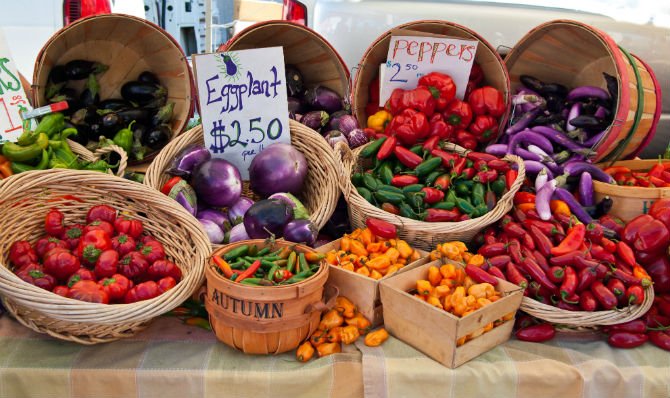
I recall the warm and fuzzy feeling I get after purchasing something that was grown close by, in a sustainable manner. I think about the different types of produce I can buy on sites like www.goodeggs.com versus at the nearby supermarket.
I love the idea of small, local farms so much that I was about to write an article titled: How to support small, local farms. The connection to ending poverty felt obvious--small, local farms are better for the environment, they are better for overall health, and they represent the type of farms that many people in the developing world rely on for food and money.
However, as I was writing that article, I felt like I was leaving something out. Before I get to what that was, it's important to review a few facts about small, local farms.
TRUE or FALSE?
Small farms are good for the local community.

TRUE. Small farms are more likely to spend their dollars in the community on farm-related items (e.g., machinery, seeds, farm supplies, etc.). Also, food grown locally, processed locally, and distributed locally can generate jobs and help stimulate local economies.
Small farms can protect biodiversity.
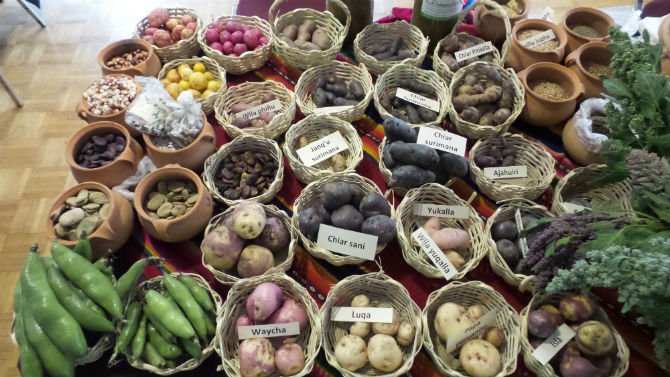
TRUE. The Food and Agriculture Organization of the United Nations has estimated that during the last century, 75% of crop genetic diversity has been lost and livestock has been dying out at a rate of six breeds per month. This loss of genetic diversity in plant crops and animal breeds is really bad because it makes the world's food supply more vulnerable to outbreaks of pests and disease.
How did this happen? Large industrial farms practice monocropping, or growing a single crop year after year on the same land. This practice is economically efficient, but it can erode soil and diminish biodiversity. Also, excessive manure, nutrient, and pesticide runoff from industrial animal and plant agriculture can negatively impact both aquatic and terrestrial ecosystems and the biodiversity they support.
Small farmers can preserve biodiversity by using more sustainable techniques, such as rotating crops, intercropping, alley farming, and using several varieties of a single crop. They can also use herds or flocks of several species and breeds as a strategy for maintaining high diversity.
Small, local farms use less synthetic fertilizers and chemical pesticides.

TRUE. Remember monocropping? Well, the erosion of diversity in soil nutrients increases crop vulnerability, thus increasing dependency on pesticides and synthetic fertilizers.
Small farms produce less animal waste.
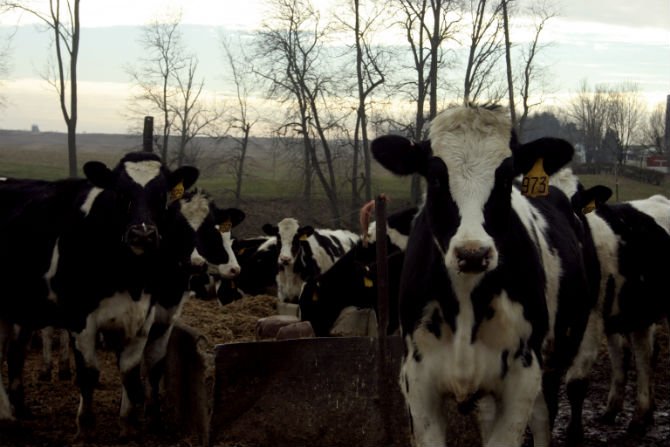
TRUE. Less livestock means less...poop. Small farms have less animals and are better able to manage waste sustainably--unlike this (I urge you to click on the link).
All small, local farms use sustainable farming techniques.
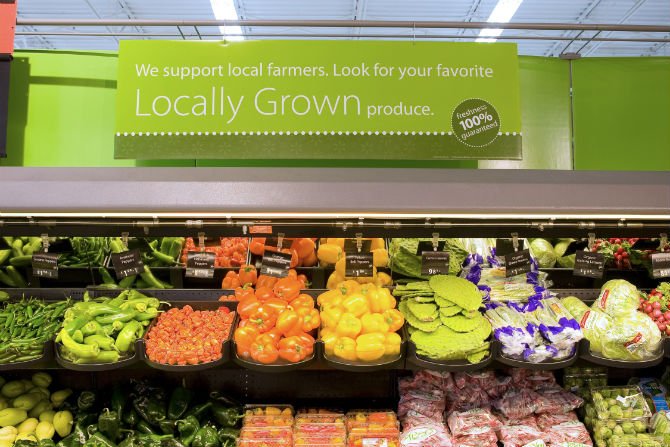
FALSE. Many people confuse the terms local food and sustainable food. When you see an item with a “locally grown” label, it only means that the food was produced relatively close to where it’s sold. Unfortunately, the term cannot be used as a reliable indicator of freshness, nutritional value, or production practices.
Buying food from local farms reduces "food miles," thus reducing the environmental impact of food.

TRUE, but...it's not as helpful as you might think. According to a 2008 study by researchers at Carnegie Mellon, the greenhouse gas emissions associated with food are dominated by the production phase. Transportation as a whole represents only 11% of an average US household’s food-related climate footprint. Also, different foods can be more or less greenhouse gas intensive; red meat is around 150% more greenhouse gas intensive than chicken or fish.
Shifting less than one day per week’s worth of calories from red meat and dairy products to chicken, fish, eggs, or a vegetable-based diet achieves more greenhouse gas reduction than buying all locally sourced food. Wow!
Small, local farms are more efficient than large industrial farms.
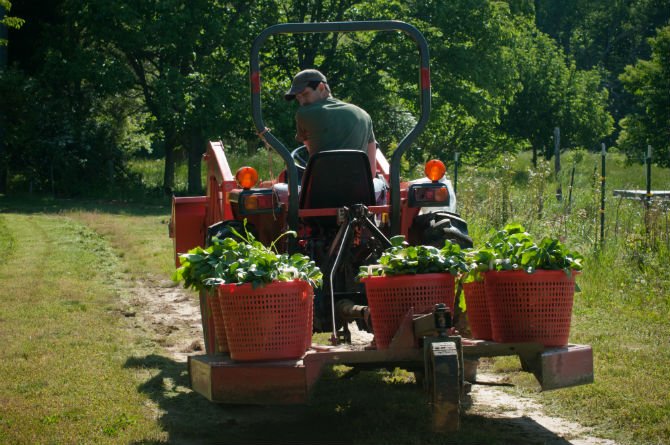
FALSE. According to Freakonomics, if the world shifted to an all local food system, the overall cost of food would be higher. The last thing the developing world needs is more expensive food!
And here is where I had my “aha” moment...
Growing the number of small farms, and subsequently decreasing the number of large farms, is the solution for ending world hunger.
FALSE. This is what was missing in my original article. Putting the kibosh on human hunger requires getting more food out of less land, while using less resources like water. That means that the world needs to focus less on where food is grown (i.e., small farms vs. large farms) and focus more on how food is grown (i.e., sustainably and efficiently).
So, instead of telling you how to support small, local farmers, I’m telling you how to support sustainable and efficient agriculture across the globe.
Here are a few ways you can become a more globally conscious consumer:
Consume less red meat and dairy. Industrial livestock operations pollute the ground, waterways, and the air...a lot. Further, industrial farms use up a lot of land and water to grow crops that are used for animal feed--not people. For more about beef's role in your eco-footprint, read this.
Consume less processed foods. Industrial farms that practice monocropping grow primarily corn and soy, which are used in many processed foods. Stop eating unhealthy processed foods and send a message that valuable natural resources should be used to grow a variety of crops that contribute to a healthier diet.
Buy seasonal produce. Seasonal foods are typically treated with less chemicals.
Not enough on (or should I say off?) your plate? Here’s how you can become a more globally conscious thinker:
Support policies that promote the regulation of animal waste.
Oppose farm-subsidy programs that focus on the wrong things (e.g., corn, soy, and livestock).
Embrace further testing and analysis of genetically modified crops. I know this is controversial, but most of the world’s poorest people are farmers and many live in water-stressed environments on fragile land. Genetically modified crops may be an important part of the story when it comes to raising their productivity (i.e., further research on the pros and cons of genetically modified foods could save lives).
Ending world hunger is not a simple issue, and there isn’t a simple solution. However, becoming a more globally conscious consumer and thinker is a great first step toward winning the war against hunger.
Hunger and malnutrition rob people living in poverty of healthy, productive lives. People without access to nutritious food are unlikely to succeed in school, and as a result, are less likely to improve their local communities.
TAKE ACTION NOW and sign the petition calling on the US Congress to support the Global Food Security Act.